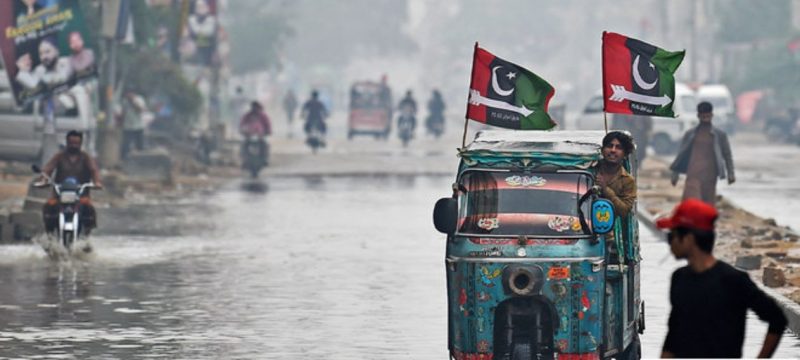Widespread monsoon rains have lashed Punjab and several other parts of Pakistan over the past 24 hours. Authorities have warned of possible flooding and landslides, particularly in the northern regions.
According to the Provincial Disaster Management Authority (PDMA), Khanewal received the highest rainfall in Punjab at 51mm. Sahiwal followed with 44mm, Rawalpindi recorded 42mm, and Murree saw 41mm. Lahore received 23mm, while Okara and Mandi Bahauddin recorded 30mm and 27mm respectively.
The Pakistan Meteorological Department (PMD) has predicted that the ongoing monsoon spell will continue until July 13. Strong winds, thunderstorms, and heavy downpours are expected in several areas including Punjab, KP, Gilgit-Baltistan, Kashmir, and Islamabad.
Islamabad received 36mm of rain, Lahore 26mm, and Sheikhupura 23mm. In KP, Balakot recorded 40mm, Malam Jabba 28mm, and Kakul 13mm. Gilgit-Baltistan’s Bagrot reported 7mm of rain.
The National Disaster Management Authority (NDMA) issued a separate alert warning of possible flooding in rivers and streams across Gilgit-Baltistan. Areas at risk include Hunza, Khunjerab, Haspar, Baraldo, and Hoshe. The NDMA also advised both tourists and locals to avoid unnecessary travel near riverbanks.
Landslides are also expected due to continuous rain and glacial melt. The NDMA highlighted high-risk areas such as Gilgit, Skardu, Astore, Diamer, Hunza, Ganche, Muzaffarabad, Neelum Valley, and Rawalakot. All provincial authorities have been instructed to remain on alert and ensure emergency preparedness.
Section 144 has been enforced around rivers and canals to prevent accidents. Citizens are urged to avoid bathing in open water and stay away from unstable structures.
Meanwhile, the rainfall is expected to benefit major crops in southern Punjab. According to PMD, cotton and paddy fields in Bahawalpur, Multan, and Rajanpur may see improved yields due to the moisture.
Despite the rains, high temperatures persisted in some regions. Nokkundi and Dalbandin recorded the highest temperatures at 45°C, followed by Chilas at 42°C and Turbat at 41°C.
The NDMA continues to monitor the situation closely and urges the public to follow safety guidelines during this active monsoon season.
For more details, read about the ongoing situation here: Deadly Monsoon Spell: 79 Killed, 140 Injured Across Pakistan









